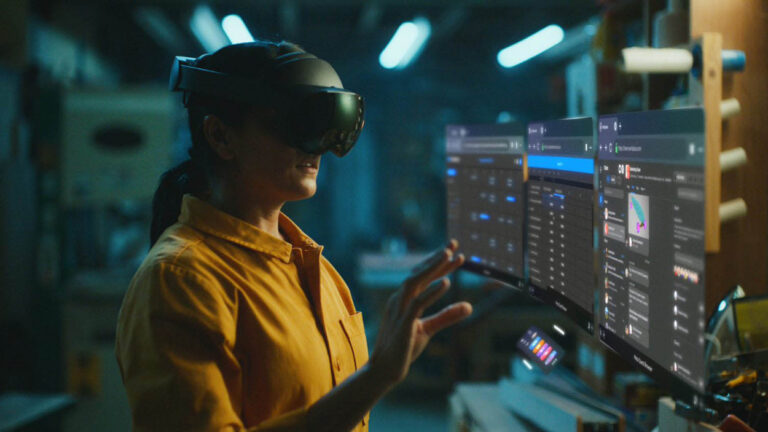Meta’s new costly VR headset will track your eyes for targeted ads

On Tuesday 11 October 2022, Meta revealed the Meta Quest Pro, a new virtual reality headset that costs an arm and a leg—more than three times the cost of a $500 Meta Quest 2 with a 256 GB hard drive. It’s a cool-looking device with upgraded hardware, advanced features… and cameras that point inward to track your eyes and face.
Along with launching its new $1,500 headset, Meta made sure to update its privacy policy in order to include one titled “Eye Tracking Privacy Notice.” This addition will allow the company to use eye-tracking data to “help Meta personalise your experiences and improve Meta Quest.” Although the policy doesn’t openly say that Meta will use the data for marketing, “personalizing your experience” is typical privacy policy speak for targeted ads.
And in case you still have any doubts, Meta executives have been pretty clear about it. In an interview with the Financial Times, head of global affairs Nick Clegg explained that eye tracking data could be used “in order to understand whether people engage with an advertisement or not.”
Whether targeted ads bother you or not, this technology takes data collection to a whole new level. The Quest Pro isn’t just going to inform Meta about what you say you’re interested in like old times, tracking your eyes and face will give the company unprecedented insight into your emotions. And if we’ve learned anything from the past, it’s that we certainly don’t want Meta to know more than it already does about us.
“We know that this kind of information can be used to determine what people are feeling, especially emotions like happiness or anxiety,” said Ray Walsh, a digital privacy researcher at ProPrivacy, when speaking to Gizmodo. “When you can literally see a person look at an ad for a watch, glance for ten seconds, smile, and ponder whether they can afford it, that’s providing more information than ever before.”
But even this doesn’t seem to be enough for Meta. Back in January, it filed a patent for a system that “adapts media content” based on facial expressions. It also patented a mechanical eyeball, because why not?
According to Walsh, despite the fact that most people have privacy concerns when it comes to Meta, if successful, “there’s going to be a stigma attached with denying that data. You don’t want to be the only one looking like an expressionless zombie in a virtual room full of people smiling and frowning.”
Digital marketing is all about showing you the right ad at the right moment—so a technology that can measure your emotions inevitably opens up a whole new arena for targeted ads. Walsh went as far as to suggest that advertisers could build campaigns with content specifically designed for people who seem frustrated, or more cheerful ads for people who are in a good mood.
Though it shut down Facebook’s facial recognition features and deleted around a billion face prints in 2021, Meta never promised to stop using facial recognition data altogether. Here we are with a shiny new product that will peek into your soul. What do you really think Meta will do with that data?





